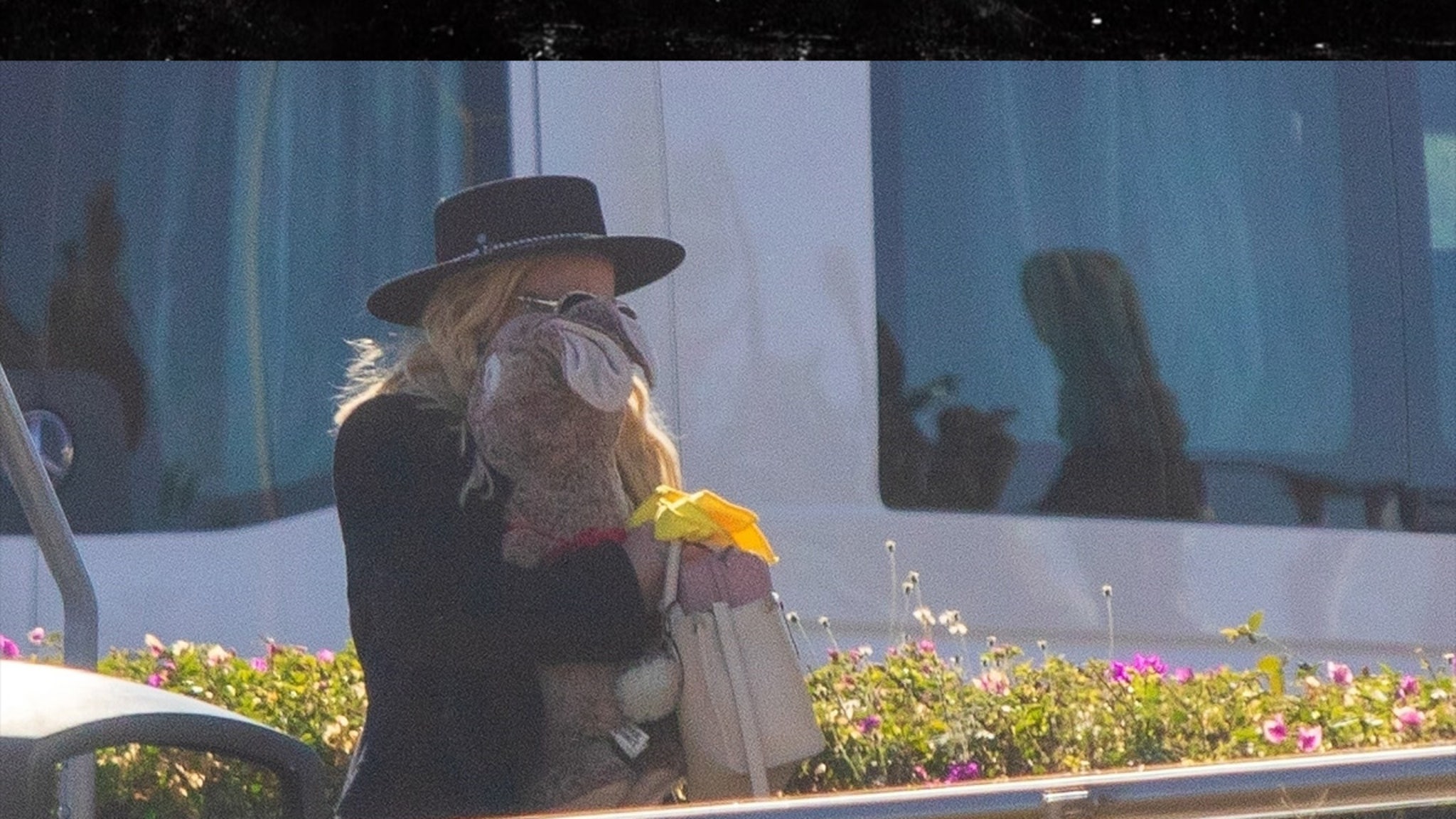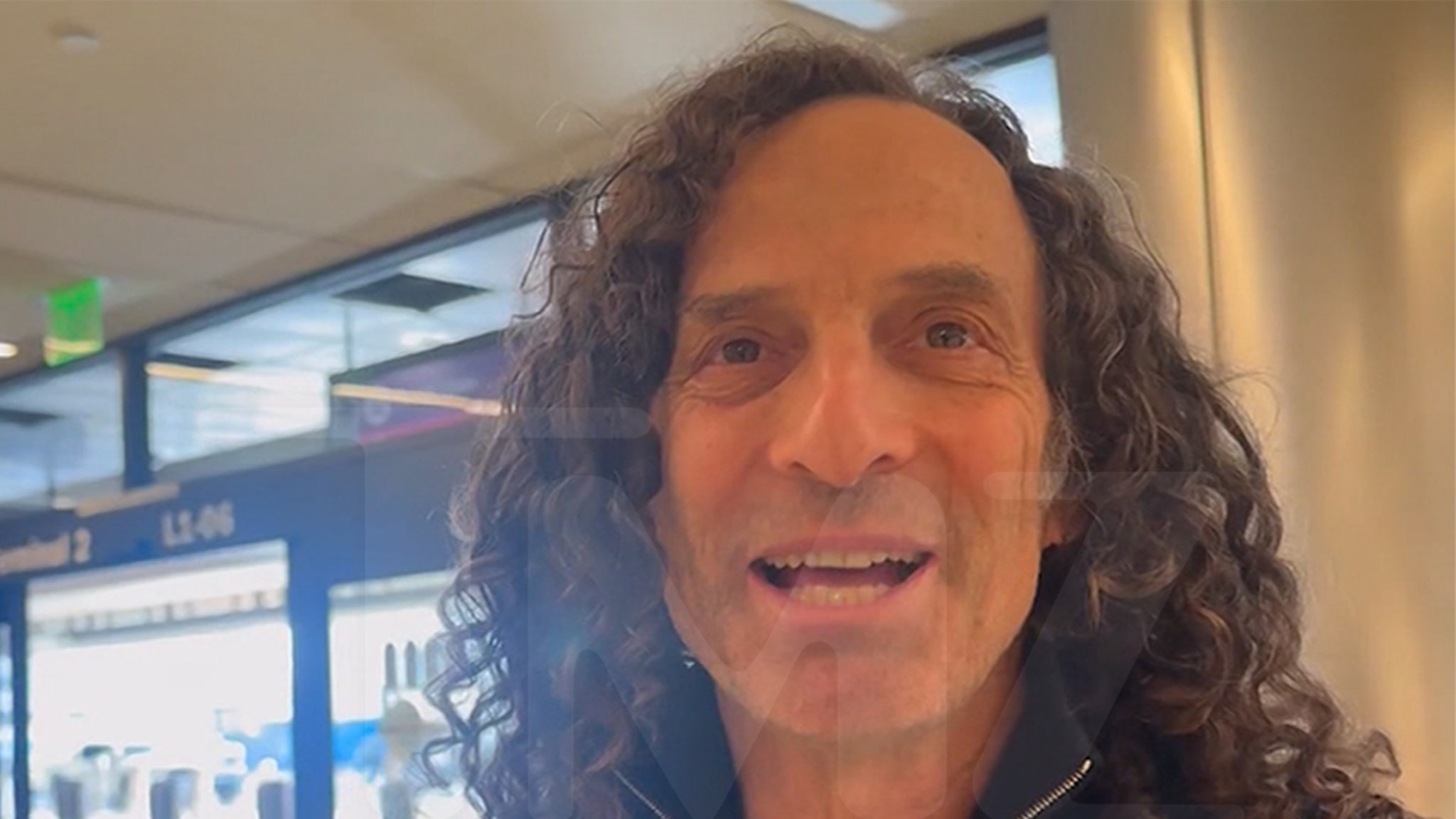Culture
10-Minute Challenge: Hiroshige’s ‘Sudden Rain’

Thanks for spending some time with the print! If you want to spend more time with the art, just scroll back up and press “Continue.” Now, we’ll tell you a little bit about it.
We’ve all been there: You’re hurried. You’re hot. You’re on your way.
Suddenly, dark storm clouds gather. Rain. You forgot your umbrella.
That’s what’s happening in this Japanese woodblock print — only it’s Tokyo (then called Edo), the year is 1857, and we’re crossing the Sumida River. It’s one of the last works by Utagawa Hiroshige, a master Japanese printmaker whose landscapes continue to define a style more than 150 years after his death.
This summer scene, titled “Great Bridge: Sudden Rain at Atake,” is one in a series of at least 118 different views Hiroshige created about life in 19th-century Edo across the seasons.
In fall:
In winter:
In spring:
And of course, there’s the summer rain you spent some time with.
Our guide to this print is Akemi May, a curator at the Carnegie Museum of Art in Pittsburgh. Ms. May recently curated a show of Japanese prints at the museum. (Many museums have Japanese print collections, but they are rarely on view for long periods because the inks used in these prints are much more susceptible to light damage and fading than other pieces of art.)
Making prints like these was a true craft, requiring a combination of line drawing, wood carving and printing.
To make one, an artist like Hiroshige would produce a detailed drawing. Then, the design would be passed to an expert craftsman who would carve the image into several different pieces of wood — typically, one block for each color used in the print.
Each block would be inked with a color. Paper was then laid on top and rubbed, to transfer the ink to the paper. The process was repeated with each block — carefully lining the paper up, building layer after layer of color — until the print arrived at its final state.
Around 10 different blocks were used to make this particular image, Ms. May said. The carved wood blocks looked something like this:
These blocks aren’t the originals; they were used for fine art reprints.
Fuji Arts
This way of working allowed the full image to be reproduced and distributed over and over — grab a new sheet of paper, re-ink the blocks, repeat — sort of like a wooden version of a printing press. (This video from the Smithsonian shows the process.)
Zoom in and you’ll see these printing techniques for yourself: Along the top of the print, the ominous clouds that go from dark to light are created using a method called bokashi, the Japanese term for gradation. Look closely at the blue underneath and you can see the subtle wood grain texture coming through:
You can also see that the thin lines of the rain are printed in two tones — a black and a lighter gray — probably from two different printing blocks.
Because each print was handmade, there are variations in every one. In some cases, the design itself changed. There’s another version of this scene that omits the two boats on the bank and the light spots on the boathouses in the distance.
When we look at the overall scene, we find seven everyday citizens, walking on a bridge. On the far bank is a group of structures: storage facilities for the boats of the shoguns, the military rulers of Japan at the time. A lone boatman, exposed and drenched, hauls logs down the river.
“You have this really great diagonal sort of zigzagging through the composition itself, which kind of makes your eye lead every which way,” Ms. May said. There’s this sideways V-shape created by the tilted horizon and the angled bridge:
These angles almost make it look as if our lone boatman is paddling uphill, against all odds.
The longer you look, the more you may notice that nothing in the print is quite straight: the crisscross of the structure holding the bridge up; the sharp rain shooting down at an angle; the travelers running both toward you and away from you.
All this adds to a sense of dynamic motion throughout the composition.
On the top right in large text is the title of the series and the name of this specific piece; on the bottom left, in red, is the artist’s signature. And at the very top right, the print is dated and stamped with a censor’s seal — a sign that the government allowed it to be published.
These pictures were made to be distributed widely — to be collected, hung on walls, folded. They weren’t too large: This one is roughly 14 inches by 10 inches. And they were affordable, too. The cost of one print? “Roughly the equivalent of a bowl of soba noodles,” Ms. May said.
You can see traces of wear and tear on the prints that remain. At the top of the print, you’ll see the remnants of a crease:
Travelers often bought prints like these as souvenirs. Vincent van Gogh and his brother Theo collected them and owned a copy of this one. Vincent tacked it up while he was living with Theo in Paris; in his copy, there are four tiny pinholes, one in each corner.
“Van Gogh and many other painters saw the Japanese prints as artistic examples and thought they were equal to the classical masterpieces of European art history,” said Nienke Bakker, a curator at the Van Gogh Museum in Amsterdam.
In the late 1880s, van Gogh began to explore a more decorative style with dynamic brush strokes — the style he is most known for — emphasizing flat surfaces and bright colors, Ms. Bakker said.
And to master that new style? He copied Hiroshige, in oil paint:
James McNeill Whistler (whose work kicked off this series) also studied these woodblock compositions. Alfred Barr, the first director of the Museum of Modern Art, put “Japanese Prints” at the very top of his famous genealogy of “Cubism and Abstract Art.”
Contemporary artists like Tetsuya Noda are still drawing on Hiroshige’s work, Ms. May said. Here is his 2002 depiction of London’s Millennium bridge, a combination of photography and woodblock printmaking:
For Hiroshige, everyday scenes — the drama of sudden rain, the thrill of spring, a fresh blanket of snow (and more than 4,000 other views he captured in his lifetime) — were worthy of his attention and time.
They are all around us, too.























